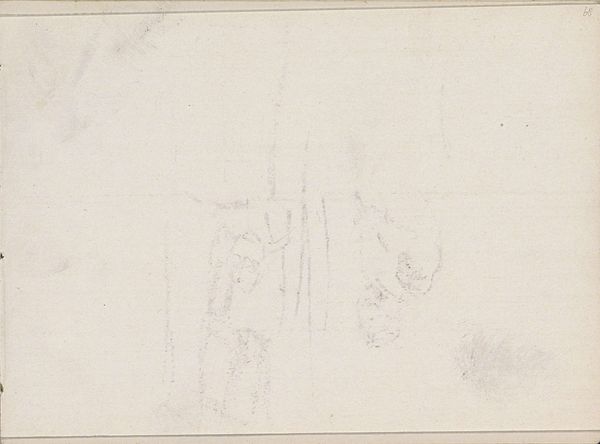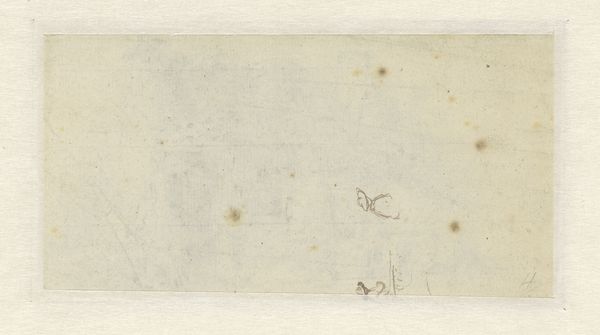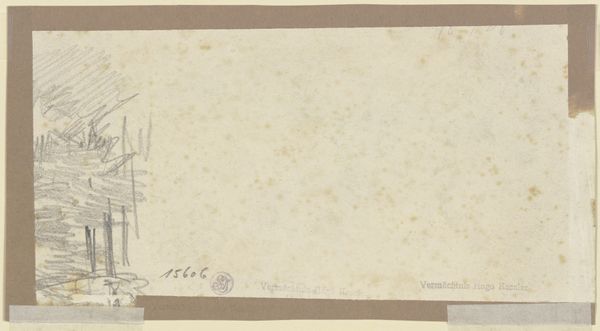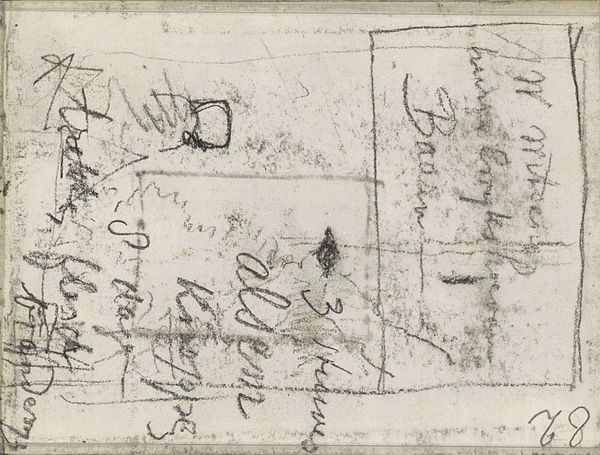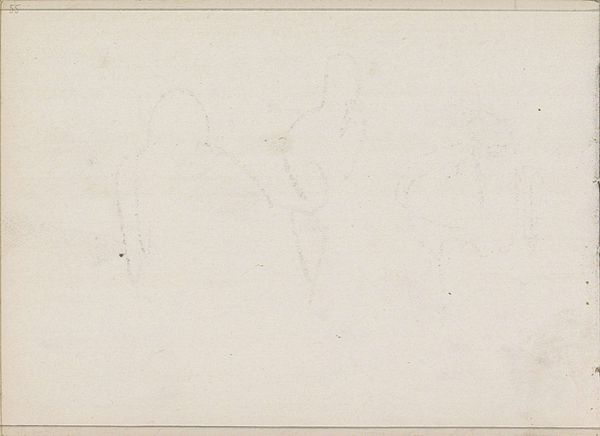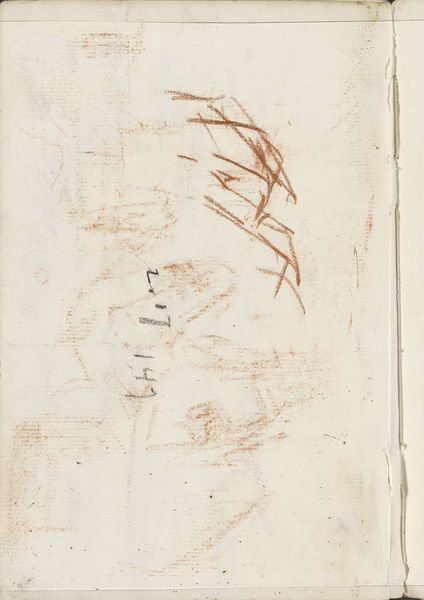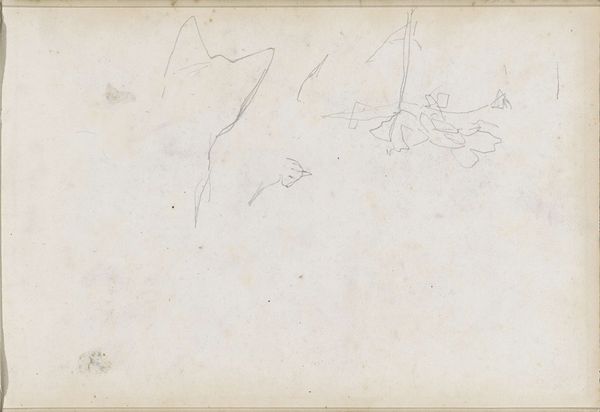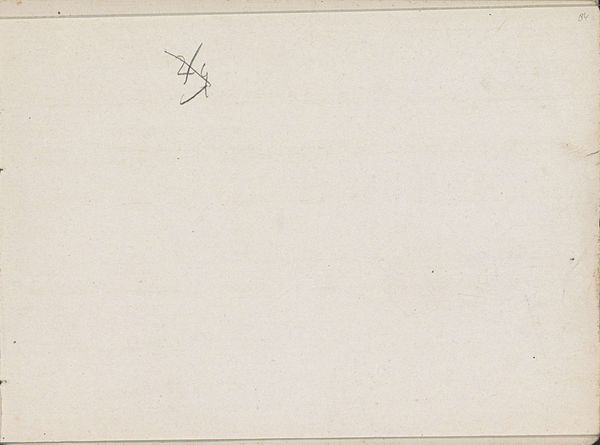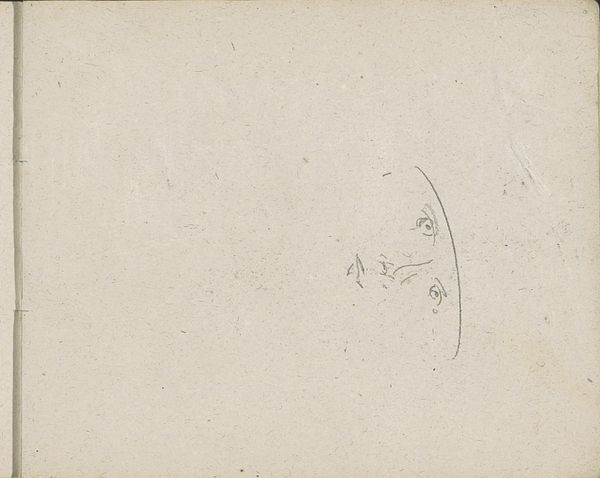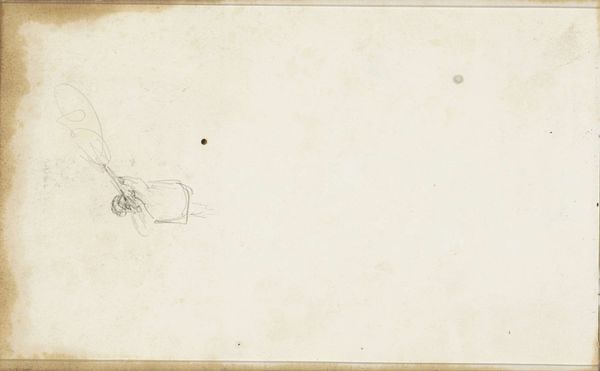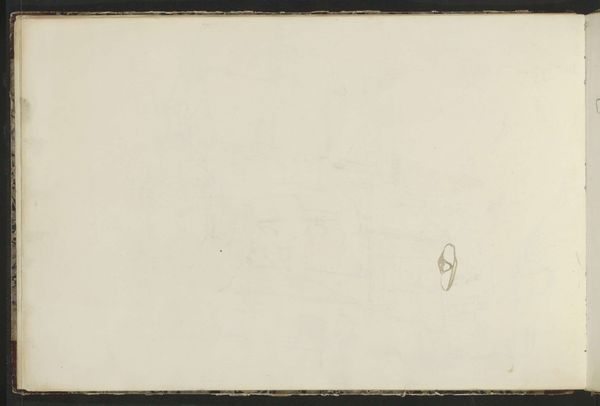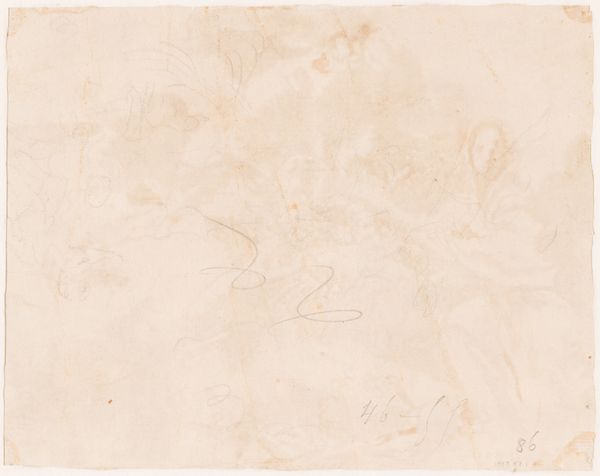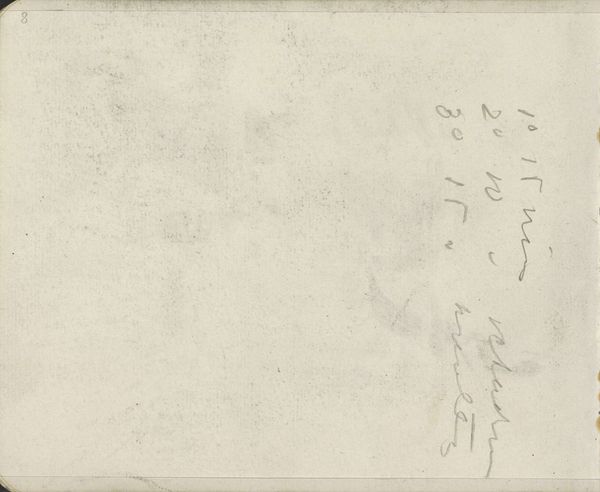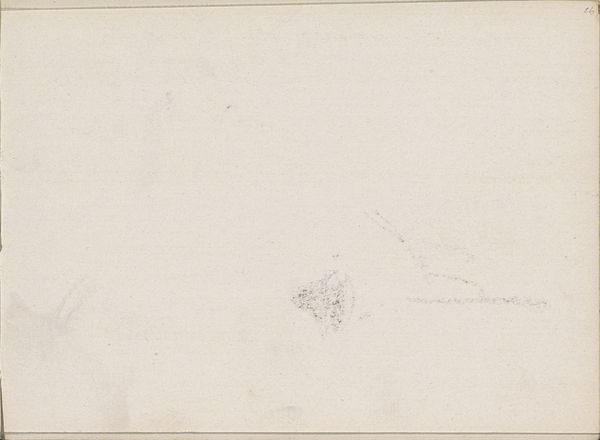
drawing, paper, ink
#
portrait
#
drawing
#
baroque
#
pencil sketch
#
figuration
#
paper
#
ink
#
pen-ink sketch
#
line
#
profile
Dimensions: height 27 mm, width 77 mm
Copyright: Rijks Museum: Open Domain
Editor: Here we have Stefano della Bella's "Drie Hoofden," which translates to "Three Heads," made sometime between 1620 and 1657. It's a pen and ink drawing on paper. I find the composition rather striking, the way he groups these studies together. What symbolic readings can we unpack here? Curator: Consider how each head presents a different emotional register. The first, shrouded in shadow, projects a certain solemnity. The second, almost ethereal, a fleeting impression. The third, with its elaborate coiffure, evokes a sense of baroque sensibility. Think about what it means to capture a face. Editor: Right, portraiture is such an act of preservation but also idealization. And is it common for artists of this period to group several faces into a single composition? Curator: Absolutely. Grouping heads or figures wasn't just a compositional technique; it invited the viewer to draw comparisons, to see how archetypes manifest across different visages. We have line and hatching creating light and shadow and drawing attention to distinct psychological and emotional qualities. Have you noticed any recurring features in the subjects' facial characteristics? Editor: Well, the figures do appear related to each other, sharing the same basic profile, almost like studies of the same individual. Are they characters from popular culture? Curator: That's astute of you. Likeness doesn't have to imply portraiture but suggests a kind of exploration of an individual type through various expressive modalities. It resonates with iconographic traditions, reminding us that images carry layers of significance tied to the cultural memory they evoke. So we can learn about cultural and gender dynamics as well. What is our impression of masculine presentation vs feminine here? Editor: Seeing these figures lined up like this highlights their relationship to both Baroque aesthetics and also to modern methods of serial artistic creation, like Warhol. Curator: Precisely. And even within the Baroque, the human figure continued to serve as a potent symbol, representing earthly and divine themes. What did we learn? The figure may also reflect the individual. It may also represent larger cultural and even archetypal relationships and dynamics.
Comments
No comments
Be the first to comment and join the conversation on the ultimate creative platform.
